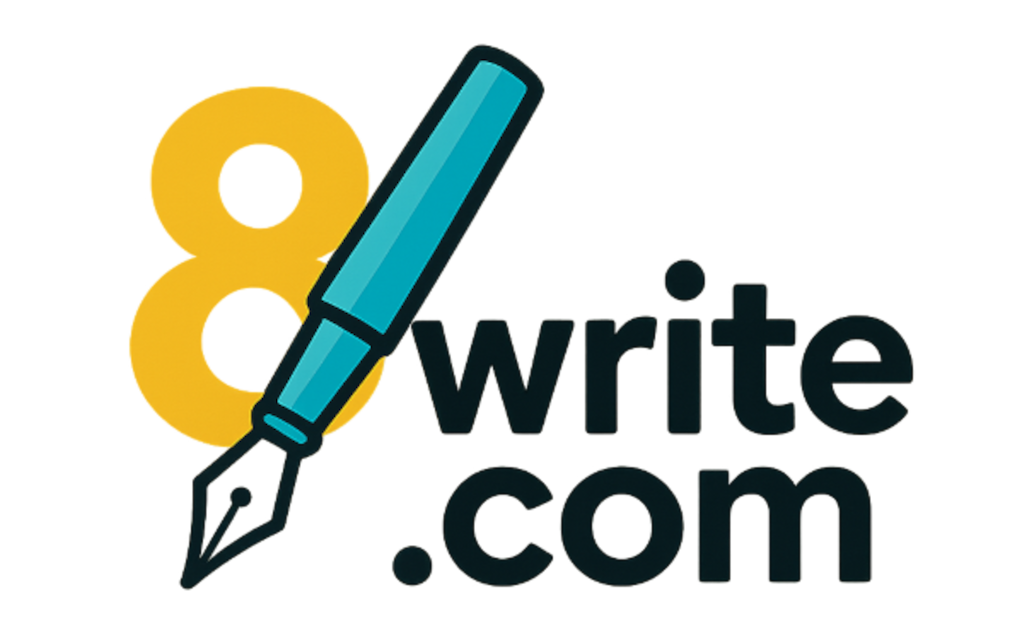Heads up: This post may have affiliate links. As an Amazon Associate, I earn from qualifying purchases.

8 Document Types Every Technical Writer Should Know
If you ask someone what a technical writer does, chances are they’ll say, “Oh, manuals.”
And while they’re not wrong, manuals are just the tip of the iceberg. Technical writers create a wide range of documents that help businesses, teams, and customers function more smoothly. From explaining how a product works to documenting complex APIs, technical writers are the invisible bridge between experts and end users.
If you’re new to technical writing or you’re curious about what kinds of documents you might create this guide will give you a solid foundation. Here are 8 essential document types every technical writer should know.
1. User Manuals
Ah yes, the classic. User manuals are the bread and butter of technical writing. They provide step-by-step instructions on how to use a product or system.
These can range from simple setup guides for a coffee maker to thick binders explaining the operation of heavy machinery.
Key features of a strong user manual:
-
Clear step-by-step instructions
-
Simple visuals (diagrams, screenshots)
-
Safety notes or warnings
-
Troubleshooting tips
User manuals should always be written with the end user in mind. A beginner-friendly guide for consumers will look very different from a technical manual for engineers.
2. Standard Operating Procedures (SOPs)
SOPs document the correct way to complete recurring processes. They are especially common in industries like healthcare, manufacturing, and government, where consistency and compliance are critical.
Examples:
-
How to sanitize equipment
-
Employee onboarding steps
-
Quality assurance processes
Best practices for SOPs:
-
Use numbered steps for clarity
-
Include prerequisites and required materials
-
Highlight safety or compliance requirements
-
Keep formatting consistent
SOPs reduce errors, save time, and keep everyone on the same page. Without them, chaos reigns.
3. API Documentation
In the software world, API documentation is a lifeline for developers. It explains how to connect, integrate, and use an application programming interface (API).
This type of documentation often includes:
-
Authentication methods
-
Endpoints and parameters
-
Code examples in multiple languages
-
Error codes and responses
The goal is to make life easier for developers by giving them the tools and knowledge to work with your product efficiently. Poor API docs = frustrated developers = fewer integrations.
4. Knowledge Base Articles
Knowledge bases are like online libraries for users. They house short, focused articles that answer common questions or solve specific problems.
Examples:
-
“How to reset your password”
-
“Updating your billing information”
-
“Tips for customizing your dashboard”
Best practices:
-
Keep articles short and scannable
-
Use screenshots or gifs for clarity
-
Organize with search and categories
-
Update frequently based on customer feedback
A good knowledge base reduces customer support calls and empowers users to solve problems on their own.
5. Training Guides and eLearning Content
Technical writers also create training content for employees, clients, or students. This can range from a printed training guide to interactive eLearning modules.
Examples:
-
Employee onboarding programs
-
Software training guides
-
Compliance training modules
Key elements:
-
Step-by-step instructions
-
Quizzes or practice exercises
-
Visuals and interactive elements
-
Clear learning objectives
These documents don’t just explain how to do something they teach users so they can do it confidently on their own.
6. Product Specifications
Product specifications (specs) are detailed documents that describe how a product is built, how it works, and what it should deliver. They’re often written for engineers, designers, or stakeholders.
Common elements of specs:
-
Functional requirements
-
Technical details (dimensions, performance, materials)
-
Compliance standards
-
Acceptance criteria
Product specs serve as the blueprint for development. Without them, projects risk drifting off course or missing critical details.
7. Process Documentation
Process documentation captures how things get done within an organization. Unlike SOPs, which are often step-by-step, process documents describe the broader workflow or system.
Examples:
-
How customer support tickets are handled
-
The software development lifecycle
-
The hiring and interview process
Why it matters:
Process documentation ensures knowledge isn’t trapped in someone’s head. It helps onboard new employees faster and keeps operations consistent even when teams change.
8. Troubleshooting Guides
When something goes wrong, troubleshooting guides are the hero documents that save the day.
These guides walk users through common problems and provide clear solutions.
Examples:
-
“If your device won’t turn on, check the power cable.”
-
“If you see error code 404, verify your internet connection.”
Best practices:
-
Organize by symptom or error code
-
Offer simple, actionable steps
-
Include visuals or flowcharts where possible
-
Provide escalation steps if the problem persists
Troubleshooting guides reduce frustration and help users feel empowered instead of helpless.
A Writer’s Toolbox of Documents
Technical writers wear many hats, but these eight document types form the core of the craft. Whether you’re explaining how to assemble a chair or guiding developers through an API, your words can make the difference between confusion and clarity.
Mastering these document types won’t just make you a better writer it’ll make you an indispensable resource in any organization.
Remember: technical writing is never about showing off how much you know. It’s about making sure your reader succeeds and these eight documents are where that mission truly shines.
